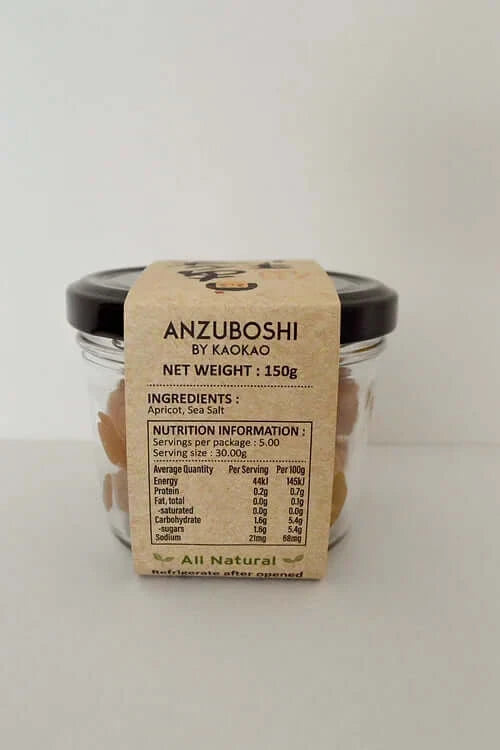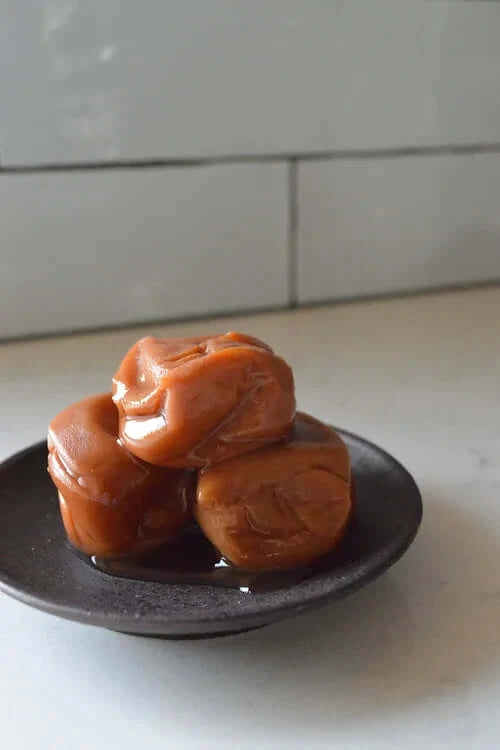Salted Apricots (Anzuboshi) 150g
Delivery
We ship your pouches frozen via Australia Post - Express - on Mondays-Wednesdays in eco-friendly (paper) insulated packaging.
FAQs
Frequently Asked Questions
What's the difference between Coconut Water Kefir and Coconut Milk Kefir?
Coconut Water Kefir is light, sparkling, and refreshing – think probiotic tonic. Coconut Milk Kefir is creamy and tangy, similar in consistency to dairy kefir, perfect for smoothies or enjoying like yoghurt.
Are these products vegan?
Yes, both are 100% plant-based and suitable for vegans and anyone avoiding dairy.
Do they contain the same probiotics as milk kefir?
Both coconut kefirs are fermented using traditional water kefir grains, creating billions of beneficial bacteria. While the specific probiotic strains differ slightly from milk kefiR, both deliver powerful gut health benefits.
How do I use Coconut Milk Kefir?
Use it anywhere you'd use dairy kefir or yoghurt – blended into smoothies, poured over granola or muesli, mixed into overnight oats, or enjoyed straight from the glass. It's also excellent in salad dressings and dips.
What does Coconut Water Kefir taste like?
Lightly tangy with subtle coconut notes and a gentle effervescence. It's refreshing drunk chilled on its own, or use it as a base for probiotic mocktails and smoothies.
Is separation normal?
Yes! Coconut Milk Kefir may separate slightly – this is completely natural. Simply give it a gentle shake before use.
How should I store these products?
Keep refrigerated at all times. Coconut Water Kefir is best consumed within 4 weeks of receipt. Coconut Milk Kefir within 28 days for optimal freshness and probiotic activity.
Are these products suitable for people with nut allergies?
Coconuts are technically classified as drupes, not tree nuts. However, if you have concerns about coconut allergies, please consult your healthcare provider.
You may have heard of Umeboshi - the Japanese sour and salted plums, a very traditional food in Japan. These are a special kind of plum that are harder to find in Australia - they are picked green, and ripened with salt, sun-dried, and preserved for a couple of months to develop the flavour and also get rid of sharp taste of salt.
Instead of the Japanese plum - Kaori uses young apricots and preserves them in a very similar method. Apricot is "ANZU" in Japanese so she has rightfully called this "ANZUBOSHI"
Ingredients
Apricot, Sea salt
How to eat / use
・Simply eat with rice
・Use it in marinades
・Make dressing with
・Cook with protein
Once opened, Keep refrigerated







